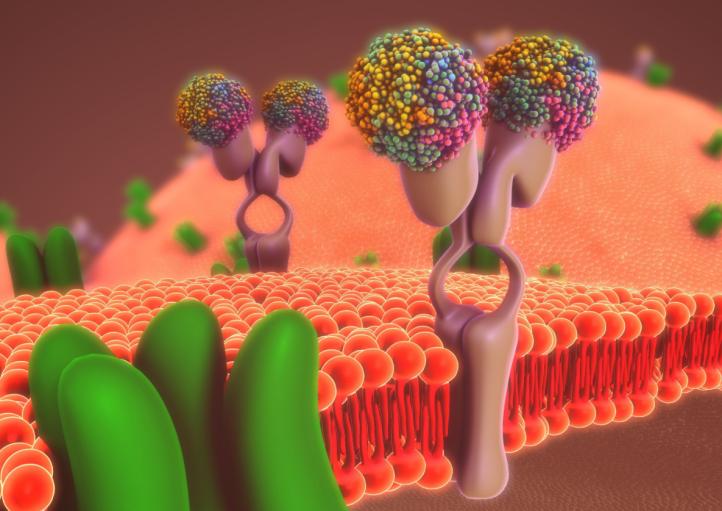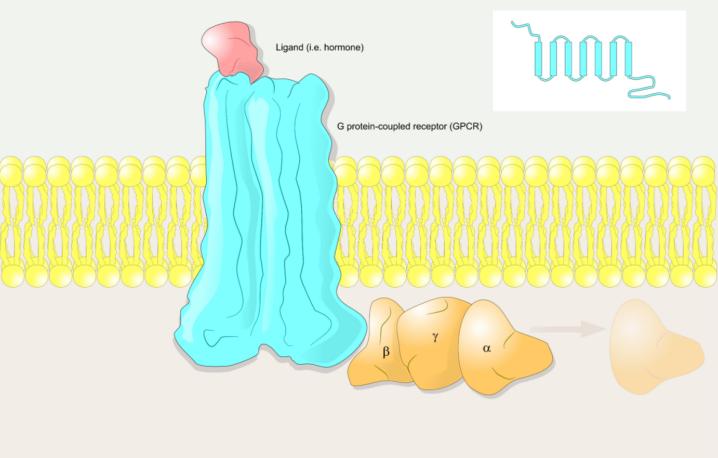Membrane Protein Solution for Ligand Discovery
Online InquiryLigand discovery for membrane proteins will facilitate structural and biological studies of membrane proteins and guide the rational design and development of drugs with high affinity and selectivity. To date, there are many techniques developed in this area, such as nuclear magnetic resonance (NMR), mass spectrometry (MS), virtual screening, fluorescence-based methods, and sensor-based screening. Through detergent micelles and nanodiscs, artificial cellular environments have been created to study membrane proteins in vitro. Phenotypic screening has also been widely used to identify functionally active ligands. However, because membrane proteins are located in the hydrophobic lipid bilayer of the cell, they must be measured in the membrane environment to maintain their native conformation and function, which has been a longstanding challenge. In addition, purified membrane proteins may lose important biological properties such as co-factor binding and post-translational modifications (PTMs).

Ligand discovery for membrane proteins at Creative Proteomics
Creative Proteomics is proud to help researchers and professionals measure the binding of small or large ligands to any type of membrane protein, thus contributing to the understanding of cellular function and drug screening. Specifically, we provide the following services:
- Affinity chromatography for investigating ligand/membrane protein interactions
Affinity chromatography is a chromatographic technique by affinity mode, they are relatively simple and can provide a great diversity of information. As one of the typical assay strategies for the screening of new ligands, this method relies on the immobilization of the targets on the stationary phase, a step that is critical when dealing with membrane proteins. Different immobilization strategies with their own specificities were developed allowing them to encompass a wide range of applications, including ligand ranking, fragment screening, and so on. The key feature of affinity chromatography is its ability to perform multiple experiments using the same column, allowing the study of many ligands and requiring only a relatively small number of target proteins.
- Membrane protein microarray technology
Membrane protein microarray technology has emerged as an important technical tool for membrane protein research. By expressing membrane proteins on the surface of the cell membrane, they are able to maintain the correct spatial conformation and biological activity due to the support of the hydrophobic phospholipid bilayer. Our membrane protein microarray not only solves the problem of membrane protein conformation and activity but also allows high-throughput membrane protein binding screening work, which greatly facilitates the discovery of membrane protein ligands.
- Other methods
In addition, we also provide NMR, surface plasmon resonance (SPR) and other label-free biophysical techniques for the identification and characterization of ligands. SPR can be used to measure small or large ligand binding to any type of membrane proteins and thus contribute to the understanding of cellular functions and screening of drugs.
G protein-coupled receptors (GPCRs) represent the largest superfamily of cell surface receptors involved in membrane-initiated signaling processes, and the functional diversity of these receptors makes them ideal drug targets. Therefore great efforts are being made to find relevant and effective GPCR ligands as lead compounds. If you are interested in this area, please drop us a line and our team will get back to you shortly.

Reference
- Lecas, Lucile, Vincent Dugas, and Claire Demesmay. "Affinity chromatography: a powerful tool in drug discovery for investigating ligand/membrane protein interactions." Separation & Purification Reviews 50.3 (2021): 315-332.
* For Research Use Only. Not for use in diagnostic procedures.



